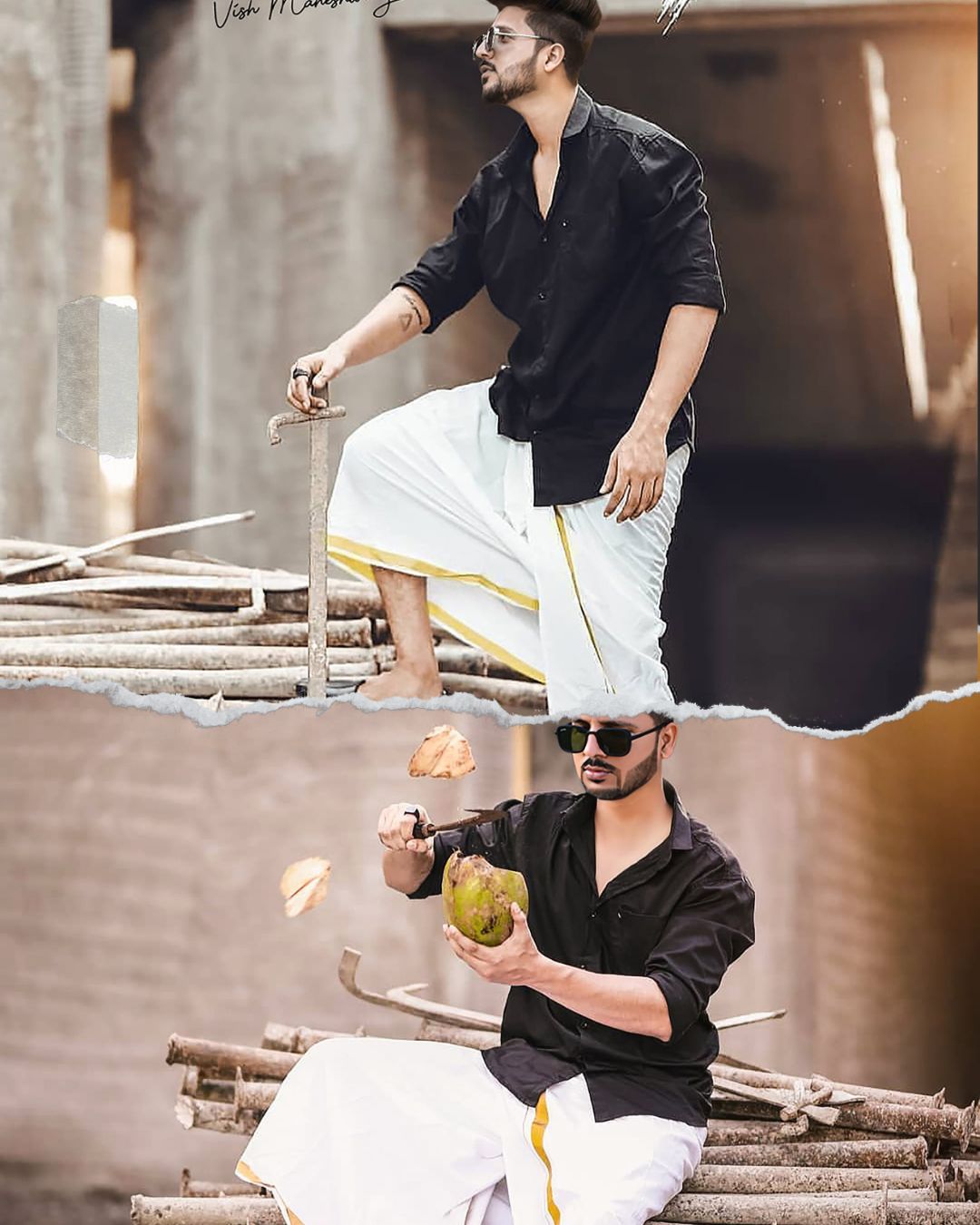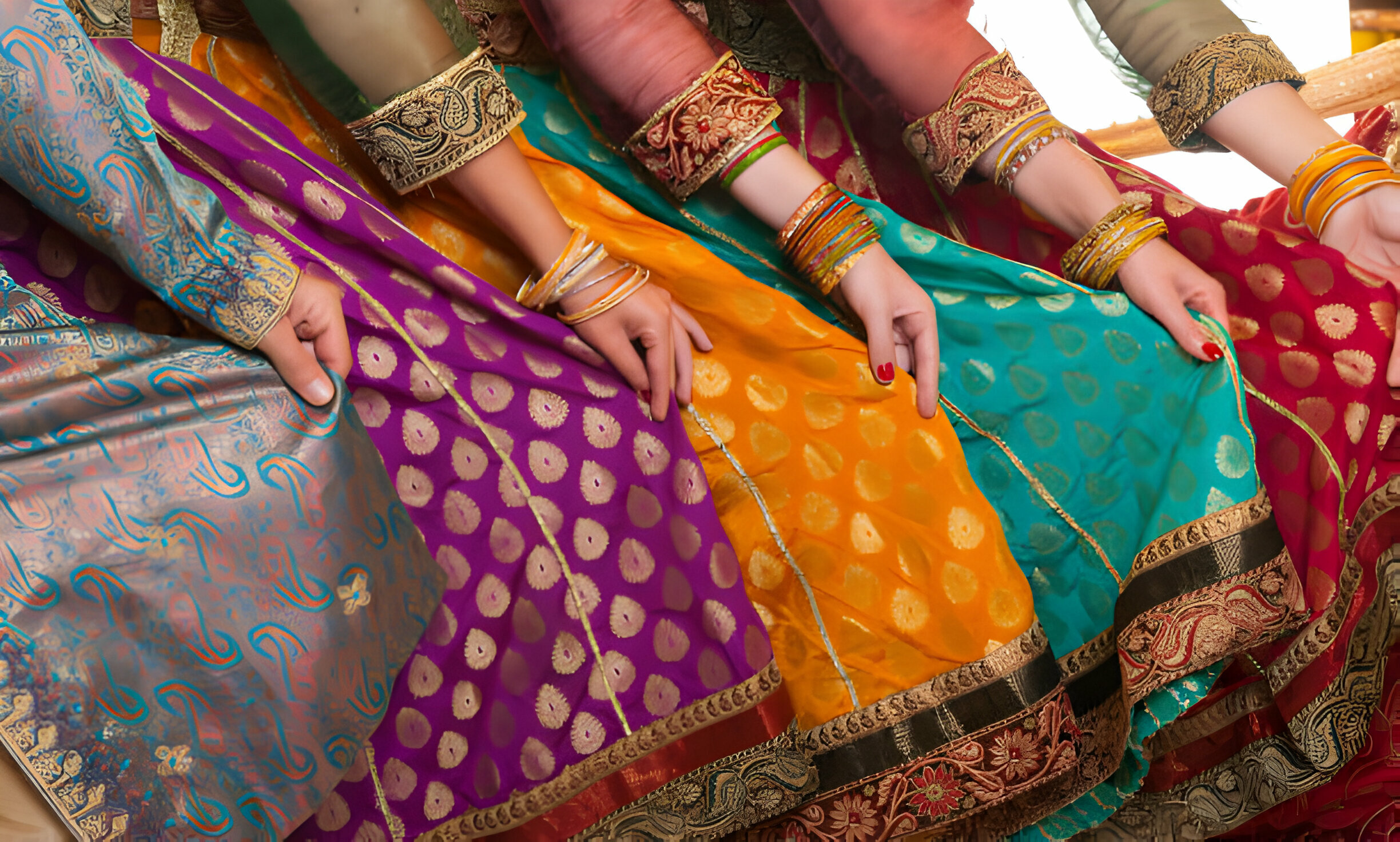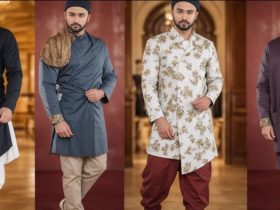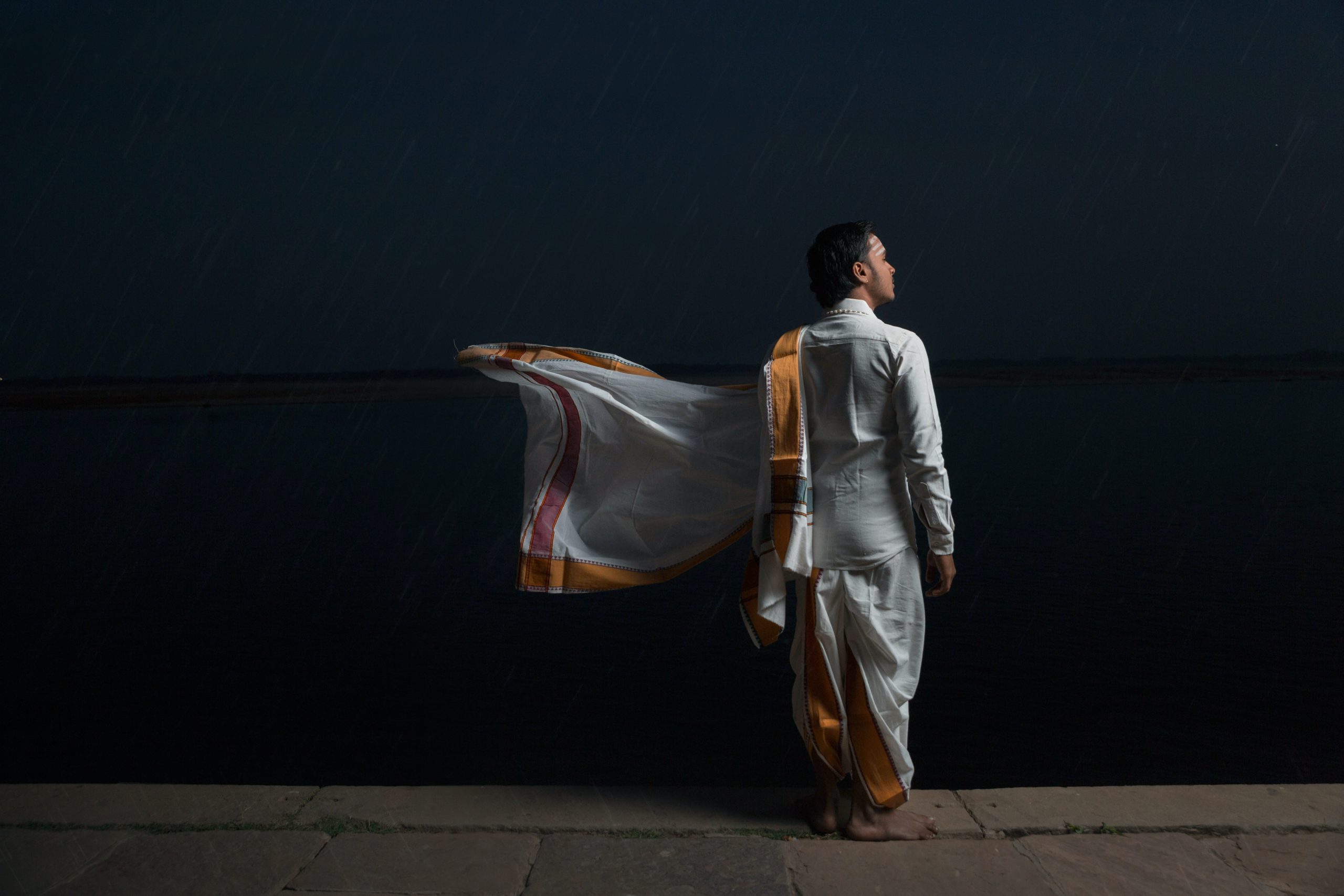In the kaleidoscope of India’s rich cultural heritage, few garments stand out with the same significance and elegance as the dhoti. This traditional attire has been a quintessential part of Indian clothing for centuries, symbolizing grace, tradition, and timeless style. While its popularity may have waned in urban areas over recent decades, the dhoti remains deeply rooted in the hearts of many Indians, cherished for its simplicity, versatility, and cultural significance.
The dhoti is a long, unstitched garment, typically made from cotton, silk, or other lightweight fabrics. It consists of a rectangular piece of cloth, usually five to six yards in length, which is wrapped around the waist and legs, creating a loose, flowing garment. This simplicity of design belies its cultural importance and the skill required to drape it gracefully.
Historically, the dhoti Indian clothing has been worn by men across various regions of India, with regional variations in style and draping techniques. It has been a symbol of status, worn by kings, scholars, and priests, and has been immortalized in ancient texts, sculptures, and paintings. Its roots can be traced back to ancient Indian civilization, where it was considered suitable attire for rituals, religious ceremonies, and daily wear.
Despite its ancient origins, the dhoti in India continues to hold significance in contemporary India, albeit with some changes in usage and perception. While it was once commonly worn by men of all ages and backgrounds, its popularity has declined in urban areas, where Western clothing styles have become more prevalent. However, in rural areas and during religious and cultural festivals, the dhoti still holds sway, symbolizing tradition and cultural identity.
One of the most iconic images associated with the dhoti is that of Mahatma Gandhi, the father of the Indian nation, who famously wore it as a symbol of simplicity and self-reliance during the Indian independence movement. Gandhi’s adoption of the dhoti as his everyday attire was a powerful statement against British colonial rule and a call for Indians to embrace their cultural heritage.
In recent years, there has been a renewed interest in reviving traditional Indian clothing, including the indian dhoti, among younger generations. Fashion designers and enthusiasts are exploring innovative ways to incorporate this timeless garment into contemporary styles, blending tradition with modern aesthetics. The dhoti has made appearances on fashion runways, in Bollywood films, and even in international fashion shows, showcasing its enduring appeal and versatility.
Moreover, efforts are underway to promote the Indian clothing dhoti as a sustainable and eco-friendly alternative to mass-produced clothing. With its simple construction and use of natural fabrics, the dhoti embodies the principles of sustainability and environmental consciousness, making it a viable choice for those seeking to reduce their ecological footprint.
Beyond its aesthetic appeal and cultural significance, the dhoti holds a special place in the hearts of many Indians as a symbol of identity and pride. For those who wear it, whether on special occasions or as part of their everyday attire, the dhoti serves as a tangible connection to India’s rich heritage and traditions, reminding them of the values and customs passed down through generations.
In conclusion, the dhoti is more than just a piece of clothing; it is a symbol of India’s cultural diversity, resilience, and enduring spirit. As Indians continue to embrace their roots and celebrate their heritage, the dhoti remains a timeless attire, weaving together the threads of tradition and modernity in the fabric of Indian society.





